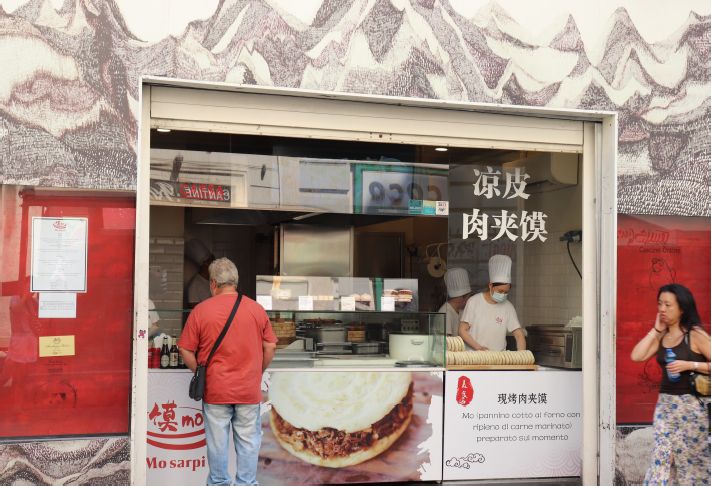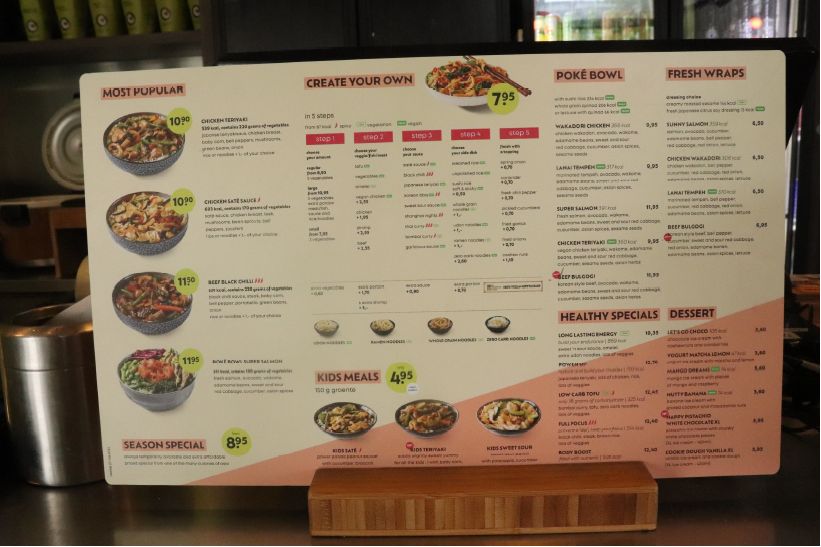From the Frontlines of Research and Studies [Belgium]: Shuangyue BAO

The National Institutes for the Humanities (NIHU) sends young scholars, who are participants in Institute-based projects and co-creation initiatives, to international seminars and research institutions abroad, including universities. This program aims to promote NIHU’s projects and support young scholars in their academic studies, presentations at international seminars, and other overseas research opportunities.
In this issue, we feature a report from Shuangyue BAO of Tohoku University, who was dispatched to Belgium.
From July 18 to September 12, 2024, I had the opportunity to visit Belgium as a researcher on the NIHU program supporting overseas research for young scholars.
Research Purpose
My overseas research was part of the Minority Rights and Media project undertaken by the Centre for Northeast Asian Studies at Tohoku University as part of the East Eurasian Studies Project of NIHU’s Global Area Studies Program.
In this program, I conducted an anthropological study focusing on Chinese immigrants and the management of Chinese restaurants based in Belgium and extending to the Netherlands, France, Italy, Spain, and Germany. The aim of the project was to show how Chinese food is constantly crossing borders and elucidate the internal mechanisms that drive it.

Research results
Chinese immigration to Europe began in the early nineteenth century, following the Opium Wars, and has been influenced by various factors such as historical background, immigrant regions of origin, and the policies of receiving countries. As a result, the scale of immigration and the local communities formed have varied by country. For example, in the UK and France, the relationship of these states with their colonies had a significant impact, while immigration to Spain and Italy increased after China’s reform and opening-up policies.
The regions of origin of Chinese immigrants were originally concentrated in southern coastal areas such as Fujian, Guangdong, and Zhejiang provinces. However, in recent years, there has been an increase in migration from inland and northern parts of the country, expanding the diversity of immigrant communities. Additionally, the reasons for migration are not limited to economic factors; there has also been a rise in young people seeking higher education, and they have become influential in the local economy of their host societies.
These differences are reflected in food as well, with variations in taste and styles of Chinese cuisine offered in different countries. The task of future research will be to explore the political dynamics of immigration through a comparative analysis of Chinese immigrants and Chinese cuisine in these countries.


Secondly, the Chinese cuisinethat has spread around the world, was carried there by Chinese immigrants, and much of it originates from the culinary traditions of these immigrants’ hometowns. Moreover, dishes adapted to suit the preferences of host societies have become firmly established, satisfying people’s appetites worldwide. Indeed, unique variations of Chinese cuisine that do not exist in China itself have emerged in different countries, enriching people’s dietary lives. This not only demonstrates the limitless adaptability and flexibility of Chinese cuisine but also reflects the lives and values of the Chinese people, which are deeply embedded in the food they create.


In recent years, attention has been drawn to the new journey of Sichuan cuisine, known for its intense spiciness. Interestingly, its target is not the people of host countries but rather the Chinese residents in those countries. This phenomenon can be observed not in just one country, also cross many, and it reflect China’s growing politico-economic influence in the international community. In this way, examining the globalization created by China through food, which continually transcends borders, is important for relativizing existing research frameworks and providing new perspectives.
Thirdly, while there is a wealth of research on food in fields such as agricultural science and nutrition, research focusing on food in the humanities and social sciences is still insufficient. In particular, it is often discussed from the perspective of how immigrants maintain their identity and strengthen community bonds, as well as from the viewpoint of ethnicity. Additionally, studies have analyzed how food is adapted to and modified by local societies and the economic role it plays. Chinese cuisine has also been examined within these frameworks, but there is arguably no other cuisine that has achieved such global prevalence. Through the constant transnational spread of Chinese cuisine, it becomes possible to extract the unique characteristics of Chinese communities and conduct further analysis.
Shuangyue BAO
Ph.D. (literature). Assistant Professor, Tohoku University.
Born in Inner Mongolia. Research specialty is sedentary agriculture of the Mongolian people, and border-crossing consumption and acceptance of Chinese and other ethnic cuisines.
